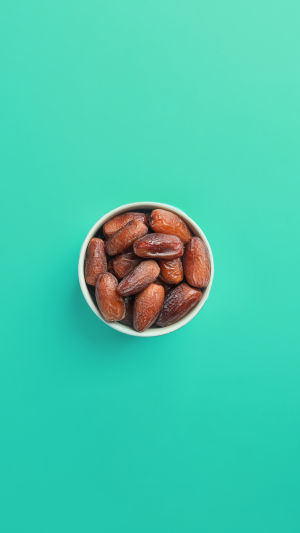Hi Lykkers! The date palm, a symbol of endurance and prosperity, is one of the oldest cultivated trees in human history.
Known scientifically as <b>Phoenix dactylifera</b>, it thrives in arid regions, providing food, shade, and cultural value in many societies.
Let’s explore why this remarkable tree is so treasured across the globe!
<h3>History and Cultural Significance</h3>
The date palm has been cultivated for <b>over 5,000 years</b>, particularly in the <b>Middle East and North Africa</b>. Ancient civilizations, from Mesopotamia to Egypt, revered the tree for its resilience and nutritional value. It is often seen as a symbol of life and fertility in desert climates, where few plants survive. Even today, the date palm holds cultural significance in <b>festivals and traditional</b> ceremonies.
<h3>Nutritional Benefits of Dates</h3>
Dates, the fruit of the date palm, are a powerhouse of nutrition. Rich in natural sugars, fiber, vitamins, and minerals, they make a wholesome snack with numerous health benefits. Dates contain <b>potassium, magnesium, and copper</b>, contributing to heart health and bone strength.
<h3>Adaptation to Harsh Climates</h3>
Date palms are uniquely adapted to grow in hot, arid climates with minimal rainfall. Their extensive root system reaches deep into the soil to find water, and their tough, waxy leaves help reduce water loss. This adaptability makes them invaluable in desert agriculture, where they provide shade and shelter for other crops that grow beneath them.
<h3>Economic Importance</h3>
Date palms play a significant role in the economies of countries like <b>Saudi Arabia and Egypt</b>, where date farming is a major industry. Dates are exported worldwide, and the tree itself provides raw materials for various products. Date palm leaves are woven into baskets and mats, while its wood is used in construction, making it an all-around valuable resource.
<h3>Varieties of Dates</h3>
There are numerous varieties of dates, each with distinct flavors, textures, and colors. <b>Medjool dates</b> are known for their large size and soft, sweet taste, while <b>Deglet Noor dates</b> are semi-dry and often used in cooking. Other varieties include <b>Zahidi, Barhi, and Khalas</b>, each adding diversity to the date market and catering to different culinary preferences.
<h3>Uses Beyond Food</h3>
Beyond their delicious fruits, date palms have multiple uses. The leaves and trunks are used in making <b>furniture, mats, and baskets</b>, while the sap can be processed into a type of natural sugar. In some cultures, the seeds are ground into flour or roasted to make a coffee substitute, highlighting the tree’s versatility.
What is Date Palm? Benefits? Types?
Video by Persa Trading - Dates & Saffron
The date palm is more than just a tree, it’s a source of nutrition, livelihood, and cultural heritage. From sweet, energy-packed dates to sturdy palm fibers, the date palm continues to be an irreplaceable resource and a symbol of life in harsh climates!





